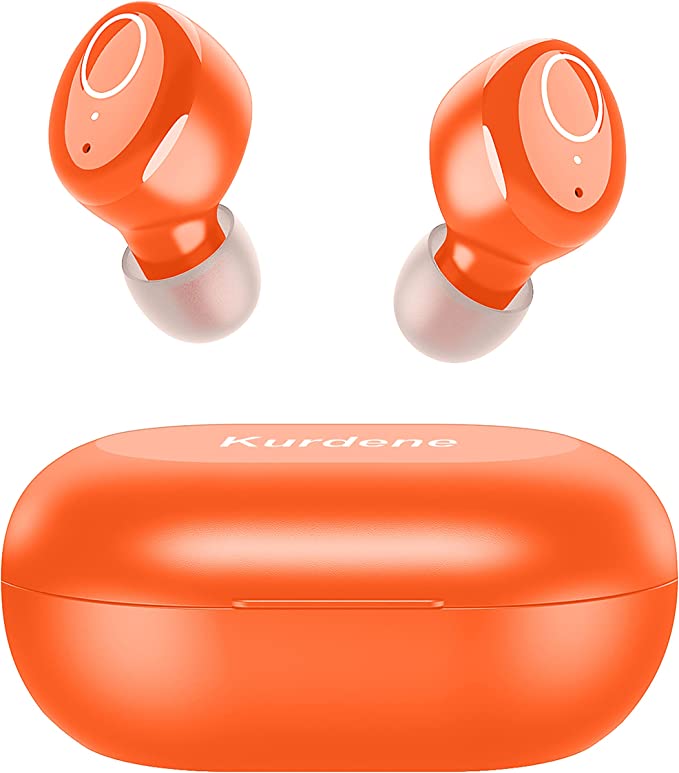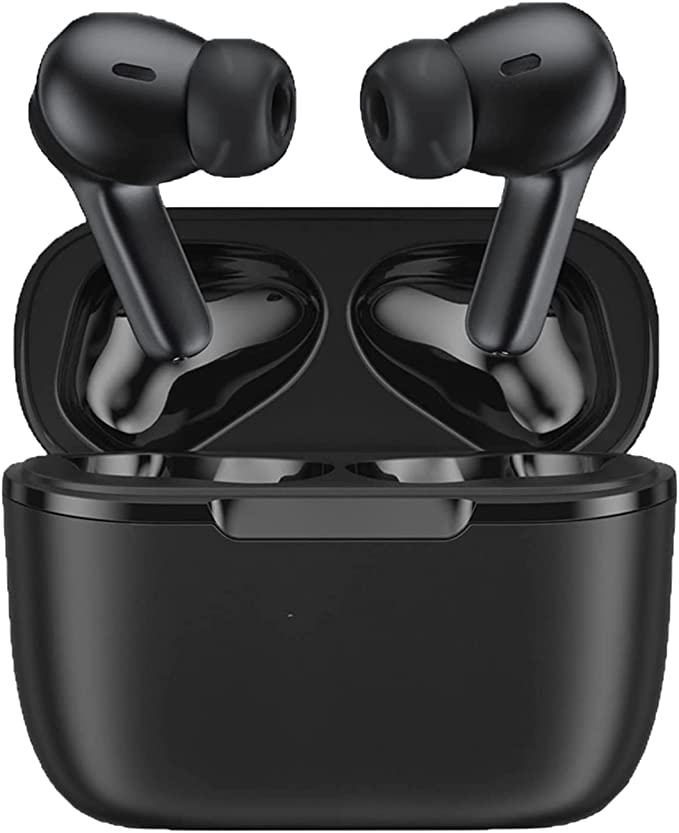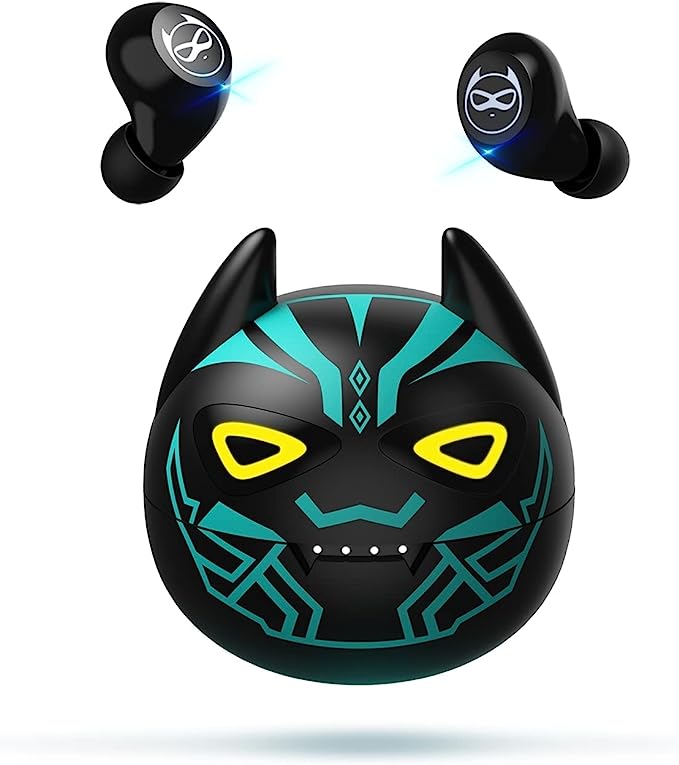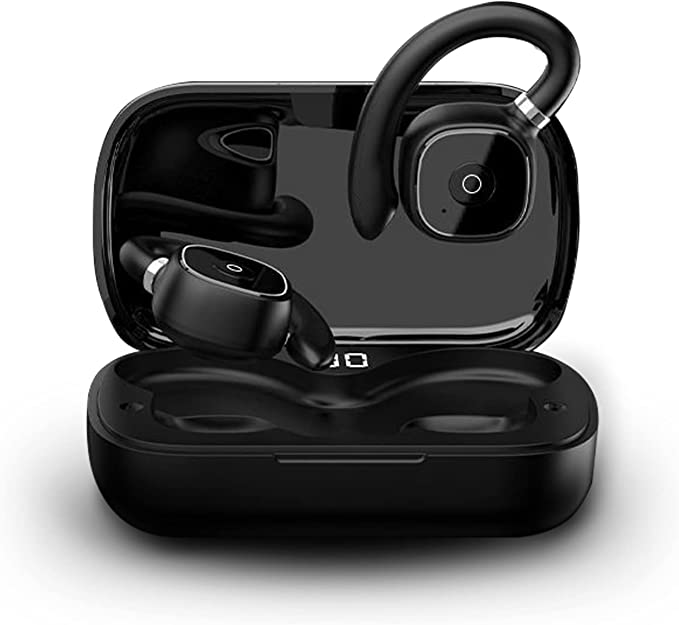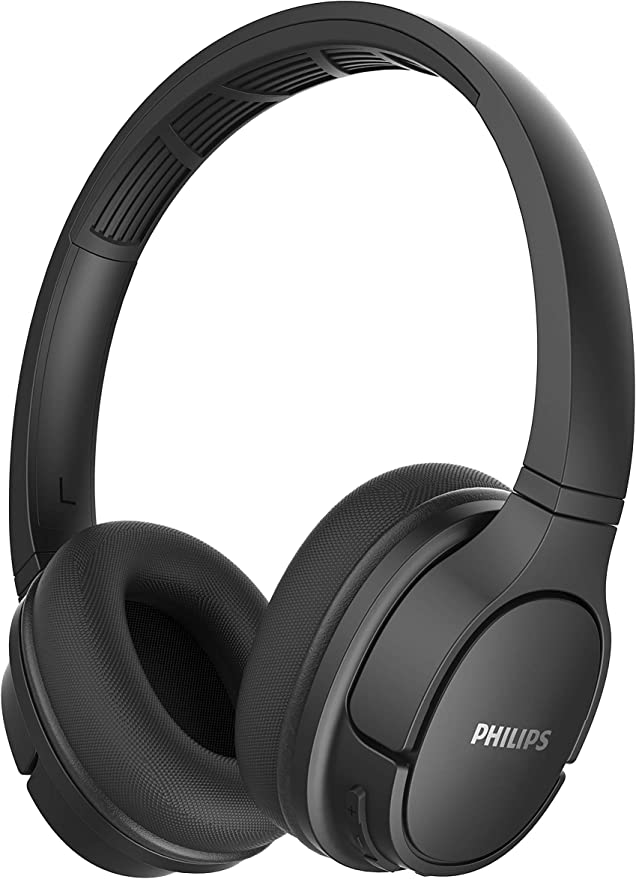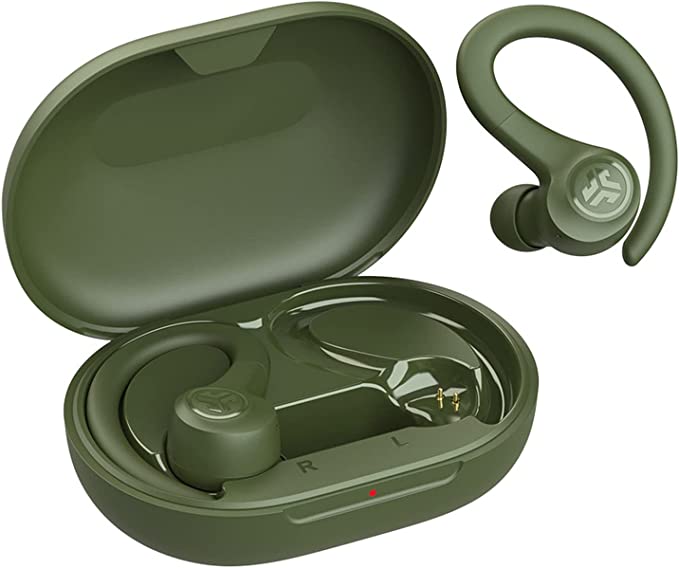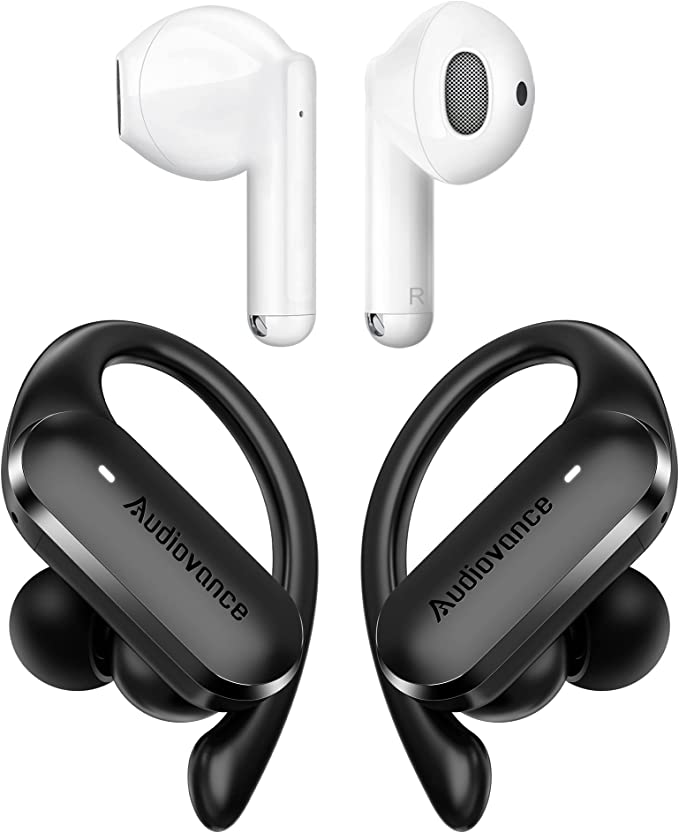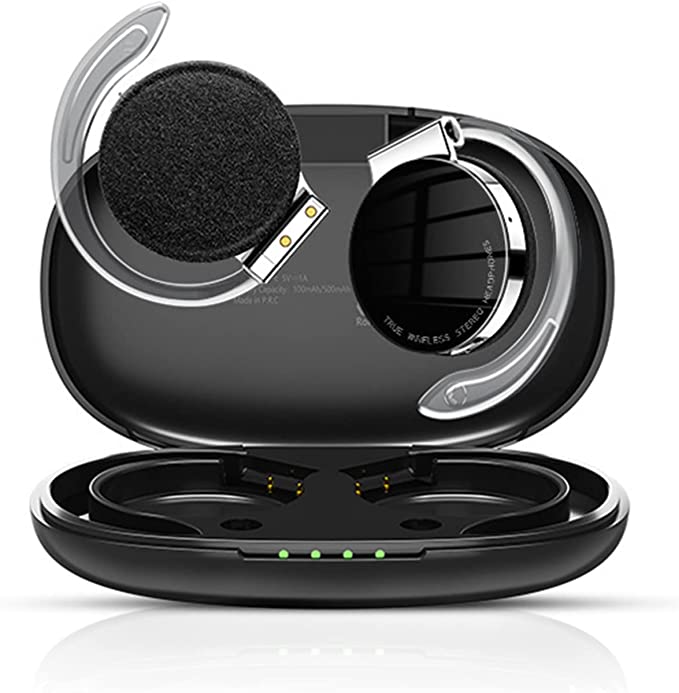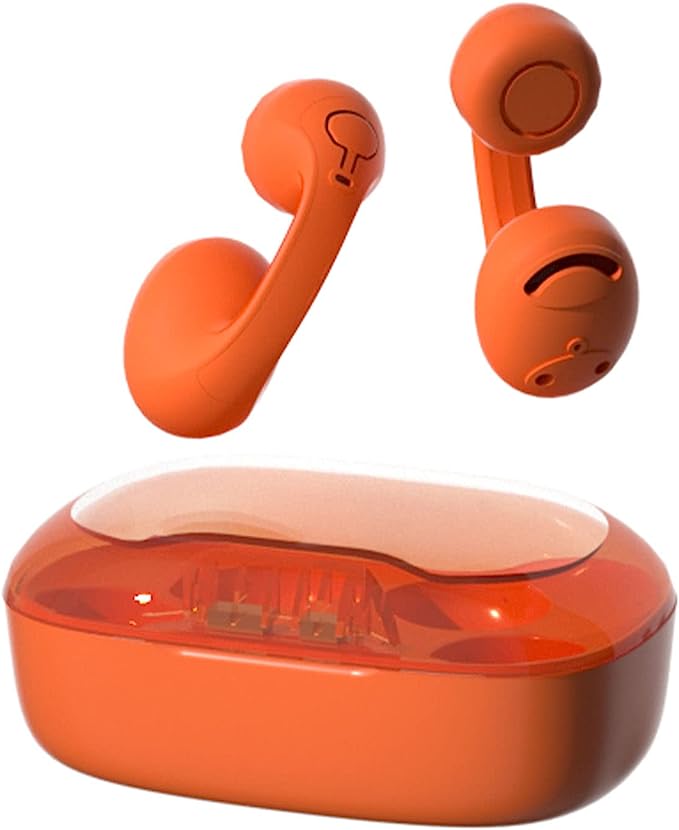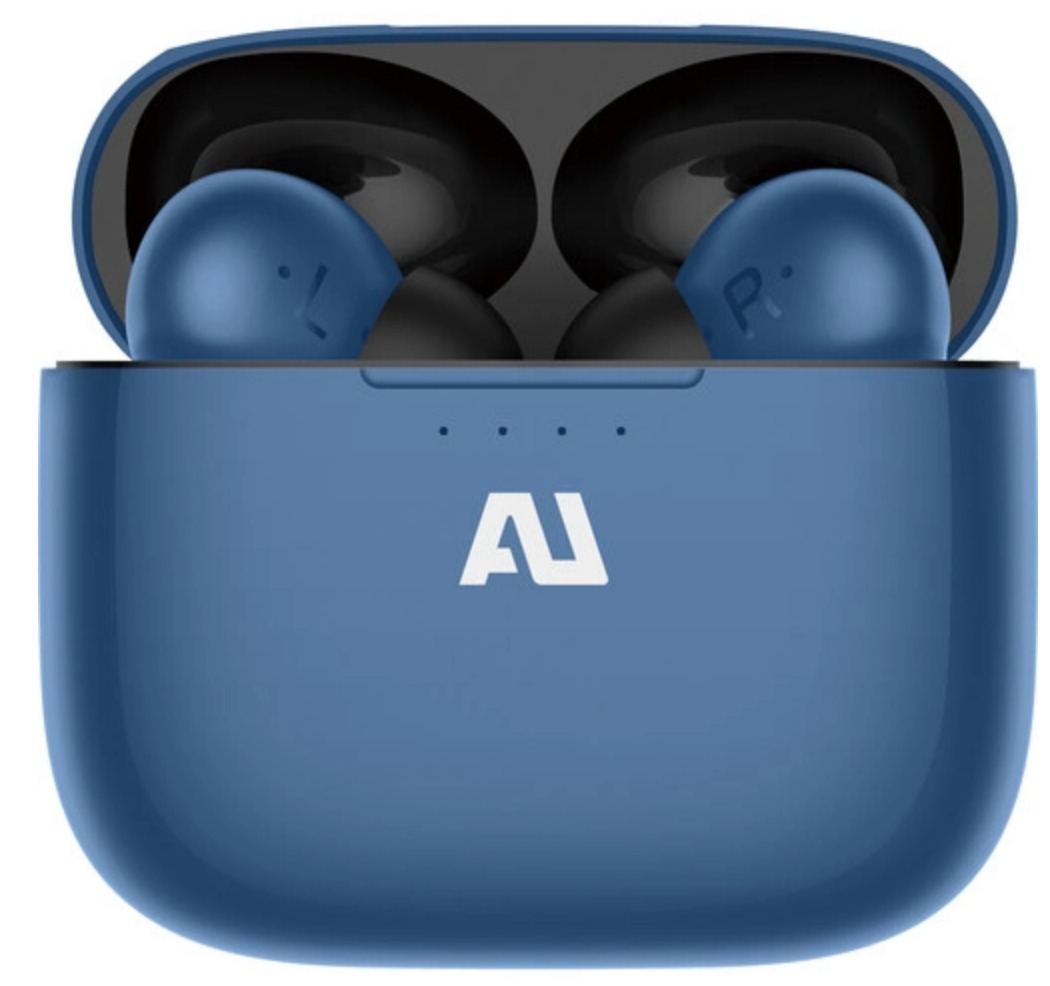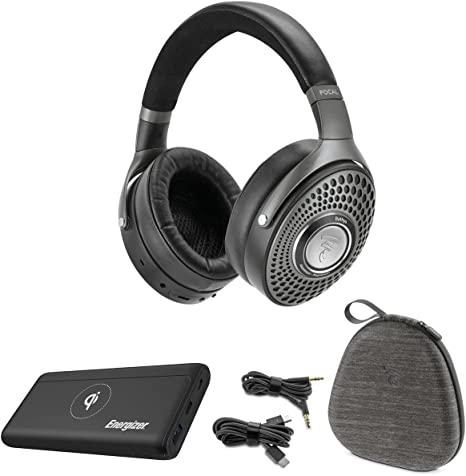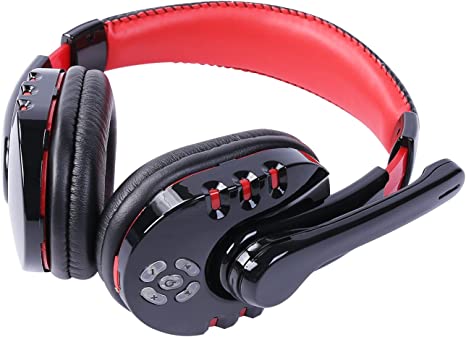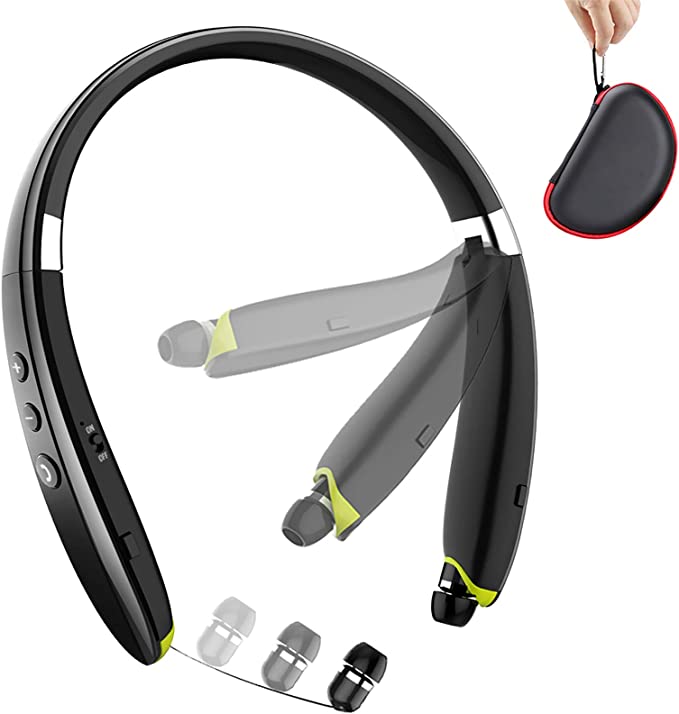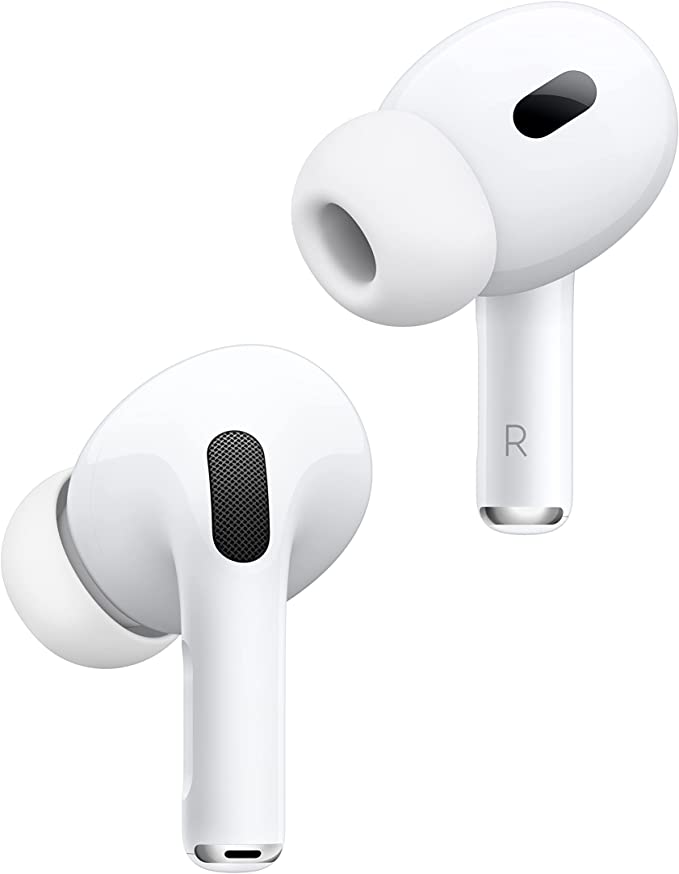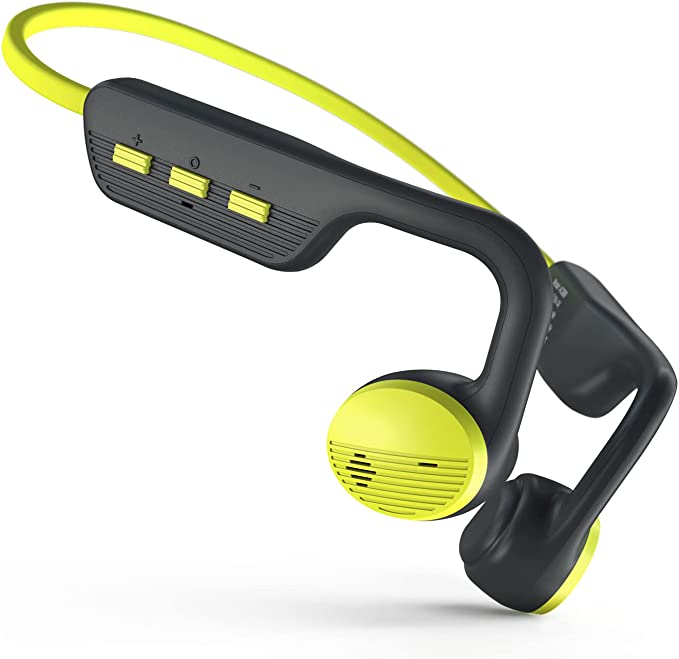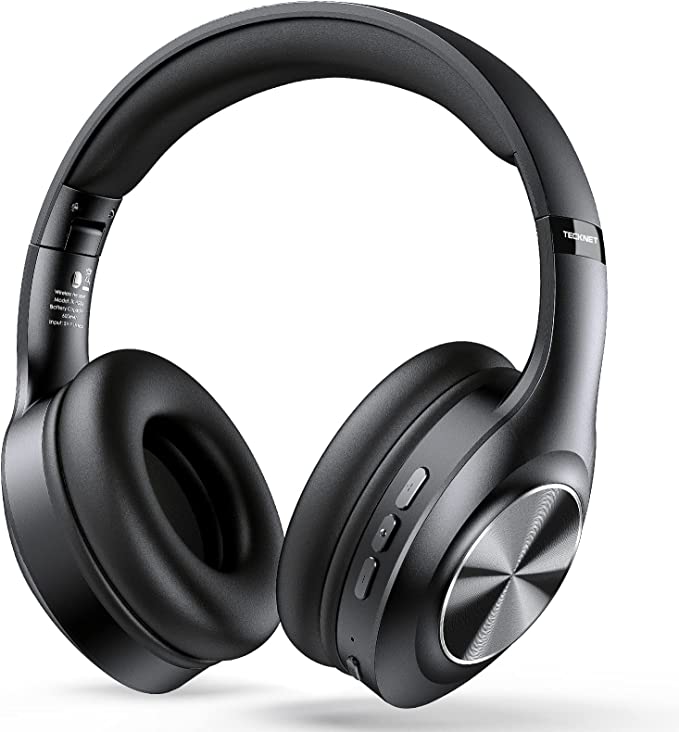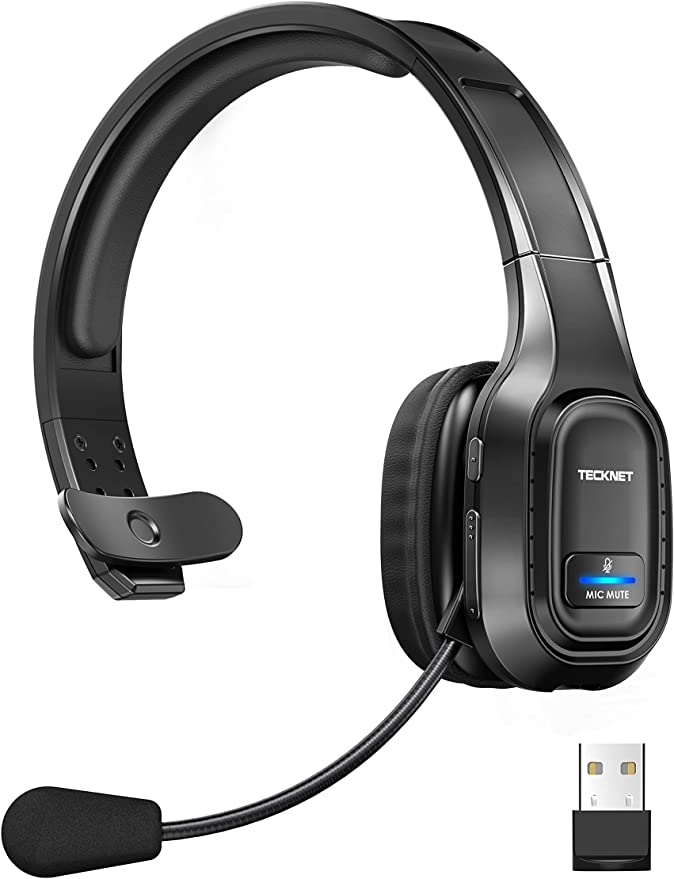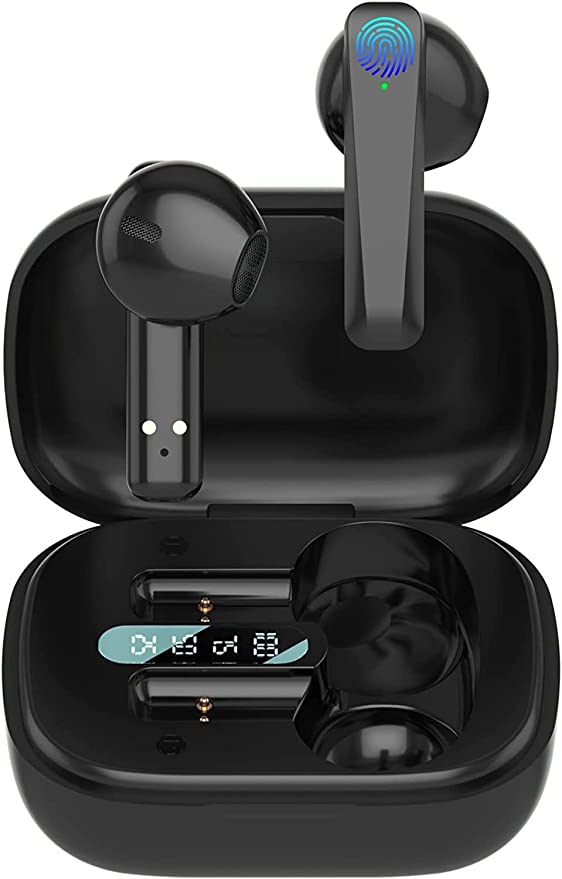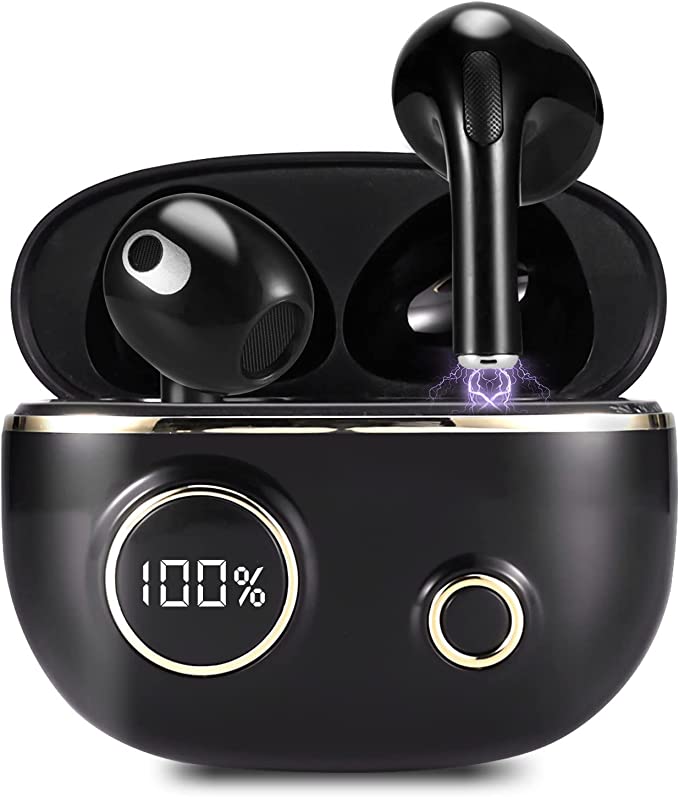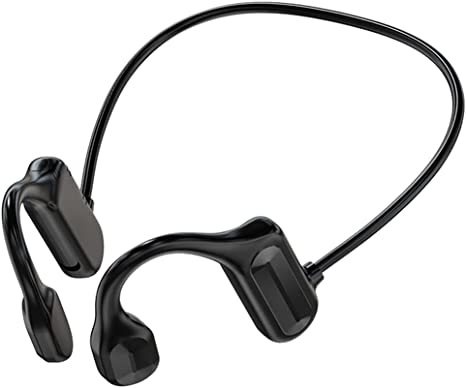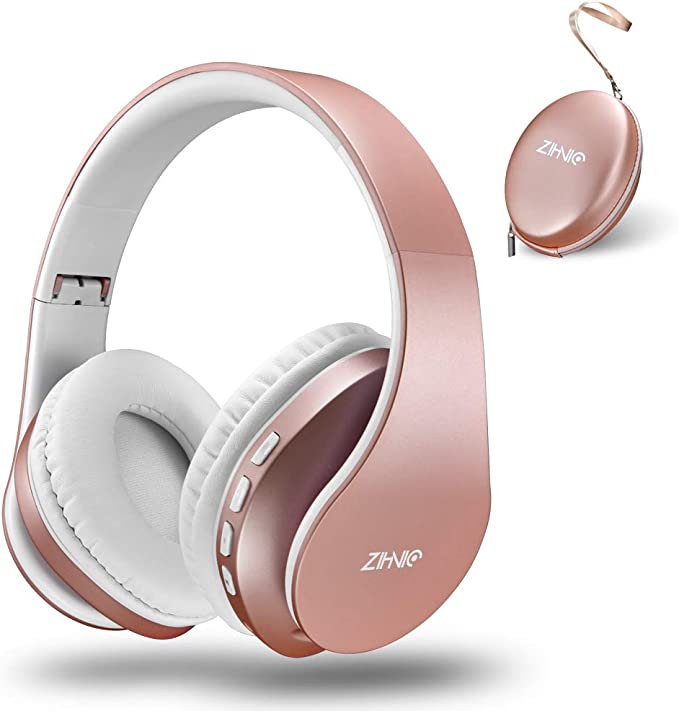Outdoor Tech Mantas 2.0: Secure-Fit Bluetooth Earbuds for Your Active Lifestyle
Update on Feb. 19, 2025, 2:24 p.m.
The rhythm of your feet hitting the pavement, the wind rushing past your ears, the energizing beat of your favorite song… and then, thud. Your earbud falls out, shattering the perfect moment. We’ve all been there. The struggle to find earbuds that can keep up with an active lifestyle is real. But what if there was a way to combine a secure, comfortable fit with the freedom of wireless audio and robust sound? Enter the Outdoor Tech Mantas 2.0 Bluetooth Earbuds.
The Science of Staying Put: Ergonomics and Ear Anatomy
Let’s face it: our ears are not one-size-fits-all. The intricate curves and folds of the outer ear, known as the pinna or auricle, vary significantly from person to person. This is where traditional earbuds often fail. They rely on a simple friction fit within the ear canal, which can be easily disrupted by movement, sweat, or even just the shape of your ear.
The Mantas 2.0 tackles this problem head-on with an ear-hook design. This isn’t just a random piece of plastic; it’s a carefully crafted application of ergonomics, the science of designing products to fit the human body. The hooks, made from a soft, flexible material, gently curve around the back of the ear, leveraging the natural structure of the pinna for a secure hold. Think of it like a carefully placed anchor, keeping the earbuds in place even during vigorous activity.
The design of the Mantas 2.0 ear hooks takes advantage of the antihelix and tragus, two key structural features of the outer ear. The antihelix is the curved, prominent ridge that runs along the inner edge of the pinna, while the tragus is the small, pointed flap of cartilage that partially covers the ear canal opening. By gently hugging these features, the ear hooks distribute pressure evenly, maximizing both comfort and stability. And, with three different sizes of ear tips included, you can further customize the fit to ensure a snug, sound-isolating seal.
User reviews often highlight the effectiveness of this design. Comments like, “They stay in my ears much better,” and, “stay in place,” are common, confirming that the ergonomic approach delivers on its promise. However, as with any in-ear design, achieving the perfect fit is crucial. It’s a balance between a secure hold and long-term comfort. Some users, particularly those with smaller ears, have reported discomfort after extended use. This underscores the importance of experimenting with the different ear tip sizes to find the optimal combination.
 band, a globally unlicensed frequency range. This means it can be used worldwide without needing special permission. Within this band, Bluetooth uses a technique called frequency-hopping spread spectrum (FHSS). Imagine your conversation jumping between different rooms at lightning speed, making it harder for anyone to eavesdrop. FHSS does something similar, rapidly switching between 79 different channels within the 2.4 GHz band, minimizing interference and maintaining a stable connection.
The Mantas 2.0, with its advertised 33-foot range, leverages the power of Bluetooth to provide a reliable wireless experience. While the exact Bluetooth version used in the Mantas 2.0 isn’t explicitly stated in the provided information (a crucial detail we’ll address later), we can infer that it’s a relatively modern version based on its performance characteristics.
Bluetooth versions have evolved significantly over the years. Early versions (1.0, 2.0) were plagued by connectivity issues and limited data transfer rates. The introduction of Bluetooth 4.0, and particularly 4.2, marked a major turning point, with significant improvements in power efficiency (thanks to Bluetooth Low Energy or BLE) and data transfer speeds. Bluetooth 5.0, 5.1, and 5.2 further refined these capabilities, offering even greater range, faster speeds, and more robust connections.
The absence of specific Bluetooth version information for the Mantas 2.0 is a significant oversight in the product documentation. Knowing the Bluetooth version would allow for a more precise assessment of its capabilities, particularly in terms of power consumption and connection stability. For example, if the Mantas 2.0 uses Bluetooth 5.0 or later, it would likely benefit from features like 2x Speed and 4x Range compared to older versions. These improvements directly translate to a better user experience, with fewer dropouts and the ability to move further away from your connected device without losing the signal.

Decoding Sound: A Primer on Audio Quality
While a secure fit and a stable wireless connection are essential, the ultimate test of any earbud is its sound quality. And understanding sound quality requires a bit of a dive into the science of acoustics.
Sound, fundamentally, is vibration. When an object vibrates, it creates pressure waves that travel through the air. These waves reach our ears, where they’re converted into electrical signals that our brains interpret as sound. The frequency of these vibrations determines the pitch of the sound – higher frequency means higher pitch. The amplitude of the vibrations determines the loudness – larger amplitude means louder sound.
Earbuds, like any speaker, use a driver to create these vibrations. The driver is essentially a tiny loudspeaker, consisting of a diaphragm, a voice coil, and a magnet. When an electrical signal (representing the audio) passes through the voice coil, it creates a magnetic field that interacts with the permanent magnet. This interaction causes the diaphragm to vibrate, producing sound waves.
The frequency response of an earbud describes the range of frequencies it can reproduce accurately. A wider frequency response generally means a more faithful reproduction of the original sound. While the exact frequency response of the Mantas 2.0 isn’t specified in the provided information, user reviews suggest a strong emphasis on bass. This is a common characteristic of earbuds designed for sports and workouts, as a powerful low-end can help boost motivation and energy levels.
However, balanced sound is crucial. While strong bass is desirable, it shouldn’t overpower the mid-range (where vocals and most instruments reside) or the high-end (where details and clarity are found). An overly bass-heavy sound signature can result in a muddy or muffled listening experience. Some user reviews of the Mantas 2.0 mention that the sound quality is “good,” but not exceptional, particularly in the higher frequencies. This suggests a potential area for improvement in future iterations.Also, the missing information on support for high-quality audio codecs like aptX or AAC is a notable gap. These codecs use more efficient compression algorithms, allowing for the transmission of higher-quality audio over Bluetooth.

Facing the Elements: Sweatproof and Water-Resistant Design
For athletes and outdoor enthusiasts, sweat and moisture are unavoidable realities. That’s why water resistance is a crucial feature for sport earbuds. But what does “water-resistant” actually mean?
The level of water resistance is typically indicated by an IP rating (Ingress Protection rating). This is a standard defined by the International Electrotechnical Commission (IEC). An IP rating consists of two digits: the first digit indicates the level of protection against solid objects (like dust), and the second digit indicates the level of protection against liquids.
For example, an IPX4 rating means the device is protected against splashing water from any direction. An IPX7 rating means the device can be submerged in up to 1 meter of water for 30 minutes.
Unfortunately, the provided information for the Mantas 2.0 only states that they are “sweat-proof and water-resistant,” without specifying an IP rating. This lack of clarity makes it difficult to assess the true level of protection. It’s reasonable to assume that they can withstand sweat and light rain, but their ability to handle more intense exposure (like swimming or heavy downpours) is unknown. To provide truly informative guidance to consumers, Outdoor Tech should clearly state the IP rating of the Mantas 2.0.The choice of materials also plays a crucial role in water resistance. Hydrophobic coatings, for instance, can help repel water and prevent it from seeping into the internal components.

Tap to Control: The Convenience (and Challenges) of Touch Interfaces
Gone are the days of fumbling with tiny buttons on your earbuds. The Mantas 2.0, like many modern wireless earbuds, feature touch controls. A simple tap or series of taps on the earbud surface allows you to control music playback, answer calls, and adjust volume.
This is achieved through capacitive touch sensing. Capacitive touch sensors work by detecting changes in capacitance, which is the ability of a material to store an electrical charge. Your finger, being a conductor of electricity, alters the capacitance of the sensor when it comes into contact with it. The earbud’s internal circuitry detects this change and translates it into a specific command.
The advantage of touch controls is clear: they offer a sleek, minimalist design and eliminate the need for physical buttons, which can be difficult to operate, especially during exercise. However, touch controls also have their drawbacks. As several users of the Mantas 2.0 have pointed out, the touch sensors can be overly sensitive, leading to accidental activation. A stray hair, a brush against clothing, or even adjusting the earbud in your ear can inadvertently trigger a command.
This sensitivity issue highlights a key challenge in designing touch interfaces: finding the right balance between responsiveness and preventing unintended actions. More sophisticated touch control systems might incorporate algorithms to differentiate between intentional taps and accidental touches, but this adds complexity and cost.
Powering Through: Battery Life and the Charging Case
The Mantas 2.0 provides up to 6 hours of playtime on a single charge, along with up to 60 hours of standby time. These numbers are fairly typical for wireless earbuds in this price range. The included charging case extends the total playtime by providing additional charges. While the exact battery capacity of the case isn’t specified, the digital display showing the remaining charge percentage is a welcome feature.
The charging case itself, while slightly larger than some competitors, is designed to protect the earbuds and keep them securely in place. The larger size accommodates the ear hooks, ensuring they maintain their shape and don’t get bent or damaged. The case uses a standard USB connection for charging (the specific type of USB connector – micro-USB, USB-C – is another detail missing from the provided information).

Conclusion: A Solid Contender with Room for Refinement
The Outdoor Tech Mantas 2.0 Bluetooth Earbuds offer a compelling package for active individuals seeking a secure, wireless audio experience. The ergonomic ear-hook design provides a stable fit, the Bluetooth connection is generally reliable, and the sweatproof construction makes them suitable for workouts.
However, there are areas where the Mantas 2.0 could be improved. The lack of clarity regarding the Bluetooth version and IP rating is a significant drawback. Providing this information would allow for a more informed assessment of the earbuds’ capabilities. Additionally, refining the touch controls to reduce their sensitivity and providing more detail about the audio drivers and frequency response would enhance the overall user experience.
The future of sport headphones is likely to see further advancements in several key areas:
- Improved Bluetooth Technology: Newer Bluetooth versions will offer even greater range, faster speeds, and lower power consumption.
- Enhanced Audio Quality: More sophisticated drivers and codecs will deliver richer, more detailed sound.
- Active Noise Cancellation (ANC): ANC technology will become more common in sport earbuds, allowing users to block out distractions and focus on their workouts.
- Biometric Sensors: Future earbuds may incorporate sensors to track heart rate, body temperature, and other fitness metrics.
- AI Integration: Artificial intelligence could be used to personalize sound profiles, optimize battery life, and even provide real-time coaching.
The Outdoor Tech Mantas 2.0 represent a solid step in the right direction, but the journey towards the perfect pair of sport earbuds is ongoing.
